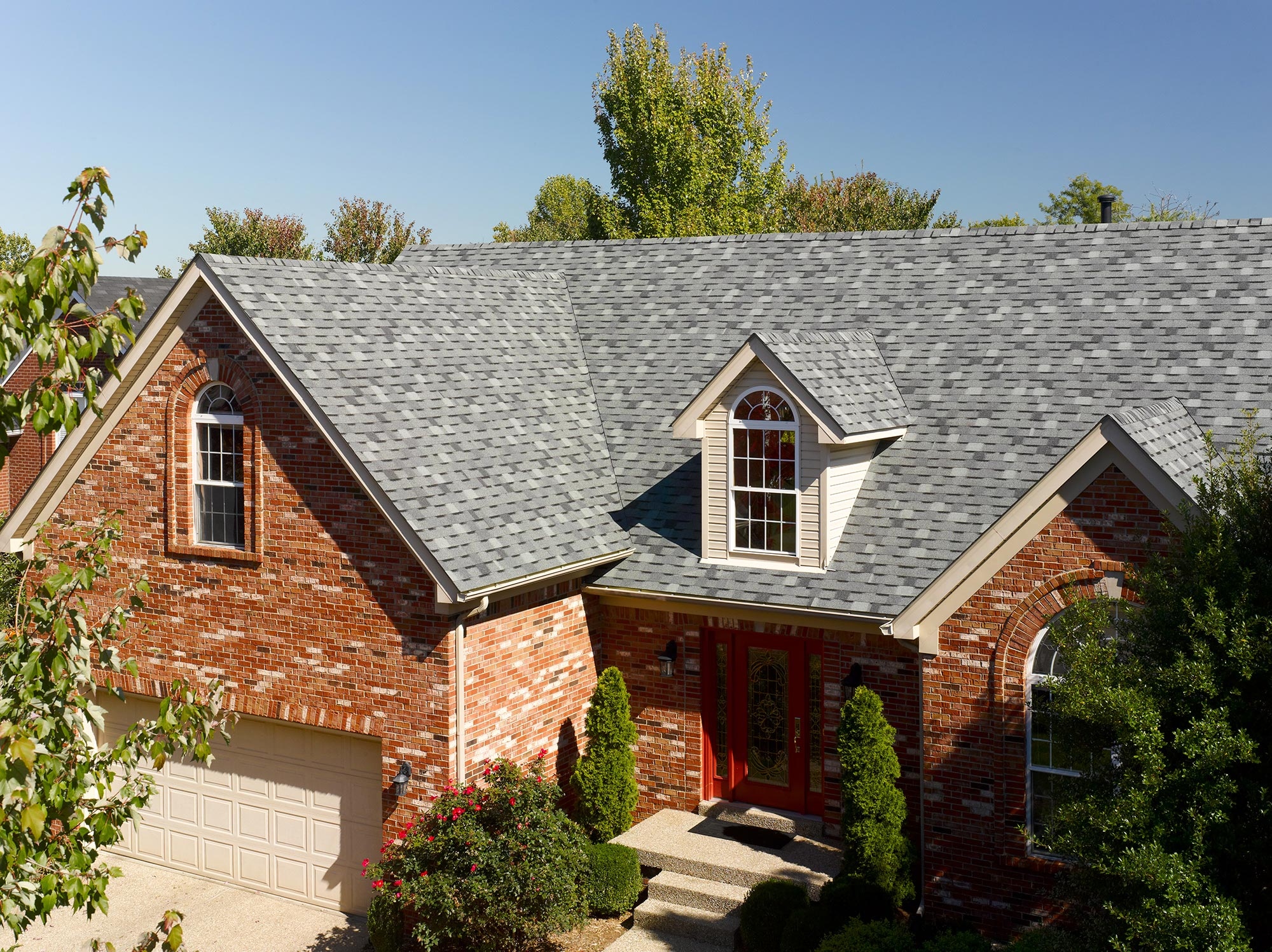Your roof is more than just shingles and plywood. It’s your home’s first line of defense, a silent guardian that stands between your family and the elements. Here in Manchaca, the elements are anything but gentle. We experience a unique combination of intense sun, torrential rains, occasional hail, and humidity that can test the limits of any building material. While we may love the Texas Hill Country climate, our roofs bear the full brunt of its fury, often aging faster than those in more temperate regions.
Understanding this relationship between local weather and your roof isn’t just academic—it’s essential for protecting your home’s structural integrity, your energy bills, and your peace of mind. The right knowledge empowers you to make smart decisions, whether you’re building new, planning a replacement, or maintaining your existing Residential roofing system. Let’s break down exactly what our local weather throws at your roof and the practical steps you can take to fight back.
The Manchaca Weather Gauntlet: Four Key Challenges
Your roof faces a near-constant assault from a few specific weather-related forces. It’s a marathon, not a sprint, and each of these elements contributes to the wear and tear.
1. The Relentless Sun and Extreme Heat
The most persistent enemy of your roof is the Texas sun. Day after day, summer after summer, the ultraviolet (UV) radiation beats down on your shingles.
- The Problem: This UV radiation breaks down the chemical bonds in asphalt shingles, causing them to become brittle and lose their protective granules. Once the granules are gone, the asphalt underneath is exposed, accelerating the aging process. The intense heat also causes the roofing materials to expand and contract daily. Over time, this thermal cycling can weaken nails, cause shingles to curl at the edges, and create stress points that lead to cracks.
2. Torrential Downpours and Driving Rain
When it rains in our part of Texas, it often pours. We can go from sunny to a deluge in minutes, with rain coming down sideways in wind-driven sheets.
- The Problem: This isn’t a gentle soaking; it’s a bombardment. If your roof has any vulnerability—a few missing granules, a small crack from thermal stress, or compromised sealant around flashing—these heavy rains will find it. Water is relentless. It seeps into tiny openings, leading to leaks, rot in the decking, and mold growth in your attic. Proper drainage is also critical; if gutters are clogged or the roof slope is inadequate, water can pool, adding immense weight and finding its way under the roofing materials.
3. Damaging Hailstorms
Spring and early summer in Central Texas can bring violent thunderstorms, and with them, hail. Even a short, five-minute hailstorm can cause significant damage.
- The Problem: Hailstones act like tiny hammers falling from the sky. They can pummel your roof, creating bruises in asphalt shingles that fracture the underlying mat. This damage may not cause an immediate leak, but it compromises the shingle’s integrity, leading to premature failure months or even years later. Hail can also crack clay or concrete tiles, dent metal roofing, and destroy the finish on vents and flashing.
4. High Humidity and Moisture
The humidity in Manchaca isn’t just uncomfortable for people; it’s a constant presence that affects your home.
- The Problem: Moisture in the air can become trapped in a poorly ventilated attic. This creates a double threat. First, it promotes the growth of mold and mildew on the underside of the roof deck, which can weaken the wood and impact indoor air quality. Second, in the summer, a hot, humid attic can superheat your home, forcing your air conditioner to work overtime and driving up your energy bills.
The Proactive Solution: Building a Weather-Resistant Roof
Knowing the challenges is the first step. The second is taking proactive measures to choose materials and systems designed to withstand them. For a durable Residential roofing Manchaca TX solution, consider the following:
Choose the Right Materials for the Climate
Not all roofing is created equal, especially under the Texas sun.
- Asphalt Shingles: Opt for high-quality, architectural or dimensional shingles. They are thicker, have a higher asphalt content, and are more resistant to UV radiation and hail impact than basic 3-tab shingles. Look for shingles with a high UL 2218 Class 4 impact rating for the best hail protection.
- Metal Roofing: An excellent choice for our climate. Metal roofs reflect solar radiant heat, which can significantly reduce cooling costs. They are also highly resistant to wind, fire, and hail. While the initial investment is higher, their longevity—often 40 to 70 years—makes them a compelling option.
- Tile Roofing (Clay or Concrete): Tile is incredibly durable and naturally resistant to rot, insects, and fire. Its heavy mass also provides excellent insulation. However, it must be installed correctly to ensure it can withstand high winds.
Ensure Professional Installation and Superior Ventilation
The best materials will fail if they are installed poorly. A quality roofing contractor understands that the system is more than just the outer layer.
- Proper Flashing: This is the metalwork installed around roof protrusions like chimneys, vents, and skylights. It must be meticulously sealed and integrated to prevent water intrusion during driving rains.
- A Balanced Ventilation System: Your attic needs to breathe. A proper system includes intake vents (at the soffits or eaves) and exhaust vents (near the ridge). This creates a continuous flow of air that pushes hot, moist air out, keeping your attic dry and reducing the strain on your AC. This is a non-negotiable feature for a healthy roof in our humid climate.
Commit to a Routine of Vigilant Maintenance
A roof is not “install it and forget it.” Consistent, simple maintenance is the most cost-effective strategy you can employ.
- Biannual Visual Inspections: From the ground, use binoculars to look for missing, cracked, or curling shingles after major weather events.
- Keep Gutters Clean: Clogged gutters cause water to back up under the roof edge, leading to rot and leaks. Clean them out at least twice a year.
- Trim Overhanging Branches: Tree branches can scrape against shingles during wind, removing granules. They also provide a bridge for rodents and shade that encourages moss growth.
The Tangible Benefits of a Weather-Wise Approach
Taking these proactive steps delivers real, long-term value for your home and your wallet.
- Extended Roof Lifespan: A roof designed and maintained for the Manchaca climate will simply last longer. Instead of needing a replacement in 12-15 years, a well-built and cared-for roof can protect your home for 20-25 years or more, delaying a major financial outlay.
- Fewer Repairs and Reliable Protection: By addressing small issues like a few missing shingles or a clogged gutter early, you prevent them from escalating into major, costly disasters like interior water damage or structural rot. You get the confidence that your roof will hold strong, even during a classic Texas thunderstorm.
- Improved Energy Efficiency: A reflective metal roof or a light-colored shingle, combined with a properly ventilated attic, can lower your attic temperature by dozens of degrees. This directly reduces the workload on your air conditioner, leading to lower monthly energy bills throughout our long, hot summers.
- Preserved Home Value and Peace of Mind: Your roof is a significant component of your home’s curb appeal and overall value. A sound, well-maintained roof is a powerful selling point. More importantly, it provides the profound peace of mind that comes from knowing your home and everything in it is secure and protected, no matter what the Manchaca sky decides to throw at it.


